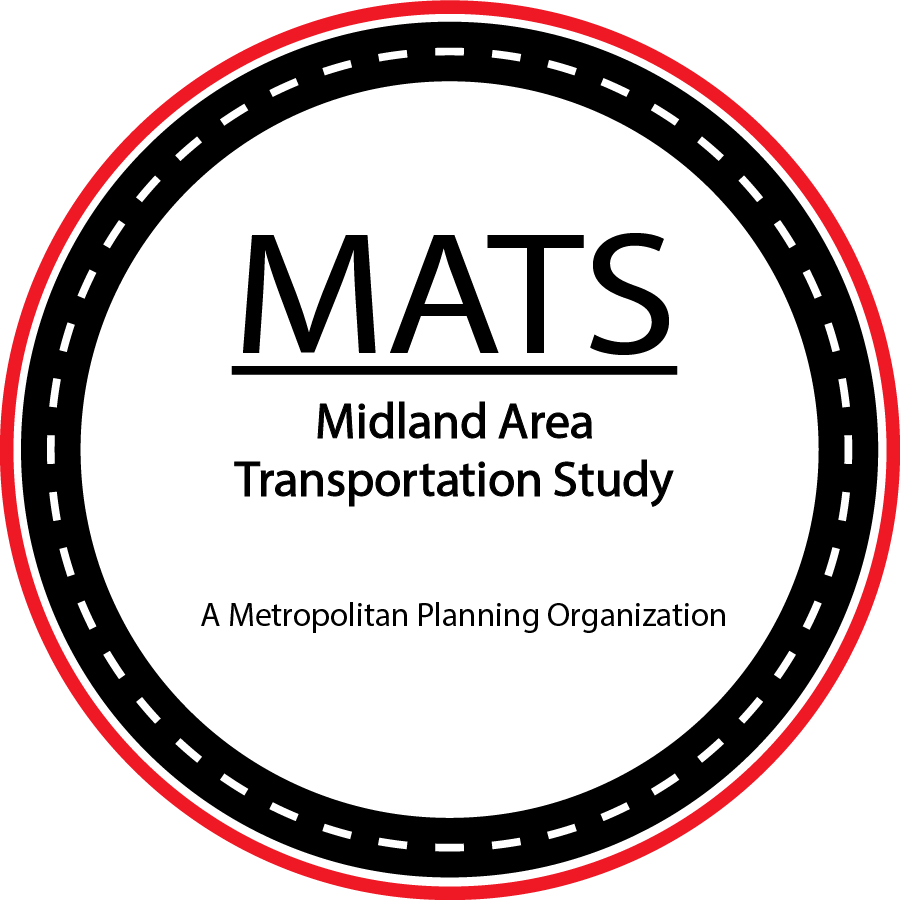What is the National Highway System?
The National Highway System (NHS) is defined by law in the United States as a network of highways that are important to the nation's economy, defense, and mobility. The legal definition of the NHS is set forth in Title 23, United States Code, Section 103 (c).
According to the act, the NHS consists of:
The Dwight D. Eisenhower National System of Interstate and Defense Highways, which includes the entire interstate highway system.
Other principal arterials that connect major cities, urban centers, and rural communities and serve national defense, economic, and mobility needs.
Strategic highways that connect major military installations, ports, airports, and other strategic transportation facilities.
The purpose of the NHS is to provide an efficient and effective national transportation system that can support the movement of people and goods, enhance economic competitiveness, and enhance national security.
The NHS is eligible for federal funding under the Federal-Aid Highway Program, which provides financial assistance for the construction, improvement, and preservation of highways and bridges in the United States.
Average Annual Daily Traffic (AADT)
AADT is a key traffic measure that represents the average number of vehicles traveling on a road each day over the course of a year. This data helps transportation agencies understand traffic patterns, plan improvements, and prioritize maintenance.
On NHS roads, AADT is collected using a combination of counters and short-term traffic studies. This data is critical because NHS roads are the important roadways for national and regional mobility, and commerce. Monitoring traffic volumes on these roads helps guide decisions on roadway capacity, safety improvements, and infrastructure investments.


